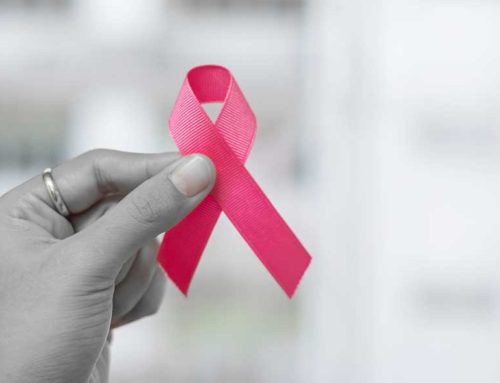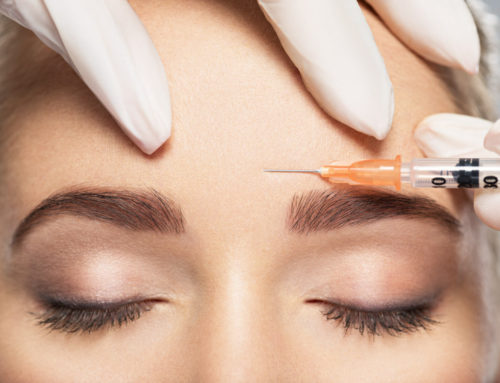 Androgenic alopecia, or pattern hair loss, is a common hereditary condition. Living in a culture where physical appearance is important and youthfulness is prized can make losing your hair hard to accept. We want to feel like we look beautiful, youthful, and radiant, but that can be difficult when we have body images surrounding our hair. There are many myths about genetic pattern hair loss, particularly in women, and today we’ll be clearing up some of those.
Androgenic alopecia, or pattern hair loss, is a common hereditary condition. Living in a culture where physical appearance is important and youthfulness is prized can make losing your hair hard to accept. We want to feel like we look beautiful, youthful, and radiant, but that can be difficult when we have body images surrounding our hair. There are many myths about genetic pattern hair loss, particularly in women, and today we’ll be clearing up some of those.
Myth #1: Pattern hair loss only occurs in men.
Fact: While we tend to think of pattern hair loss as a primarily male condition, it can and does occur in women. Hair loss is often more severe and pronounced in men. Most women who experience pattern hair loss have mild to moderate thinning, but it can still be quite noticeable. Some estimates indicate that up to 40 percent of women have visible hair loss by age 40. Most women will experience some type of hair loss in their life.
Myth #2: Only old ladies lose their hair.
Fact: Genetic pattern hair loss is more common in postmenopausal women, but it can occur any time after puberty. This means that the symptoms of hair loss can begin to appear as early as the late teens or early twenties.
Myth #3: Stress causes permanent hair loss.
Fact: Physical and/or emotional stress can cause hair loss in men and women, but this type of hair-loss is called Telogen effluvium and is due to a higher than normal number of follicles entering the resting stage. Telogen effluvium can be caused by any number of stressors, such as severe illness, surgery, emotional trauma, death of a loved one and more. It can also be influenced by hormonal changes, such as pregnancy or taking birth control pills. Hair loss may continue for up to three months following these events and the follicles may take another three months or so to get back online, resulting in about a six-month period of temporary hair loss.
Myth #4: Shampooing too frequently will cause hair loss.
Fact: Shampooing your hair too frequently may cause an itchy, dry scalp. It may strip your hair of its natural oils, leaving it dry and prone to breakage, but it does not cause hair loss.
Myth #5: Hats and wigs cause hair loss.
Fact: You may be hot or uncomfortable wearing one, but a hat or wig won’t make your hair fall out. Pressure or friction against one place on your hair may lead to an increase in breakage, but that causes frizziness, not loss.
Myth #6: There is no treatment for hair loss in women.
Fact: While there isn’t a cure that will keep women from pattern hair loss forever, there are effective treatments. Among these are systemic (pills) and topical treatments that have been shown to stop or slow the rate of hair loss. These treatments must be continued indefinitely, because the rate of loss picks up again once they are discontinued. Surgical hair restoration therapies are more permanent and yield natural-looking results. Meeting with a qualified physician will help you determine which hair loss or restoration therapies are best for you.





